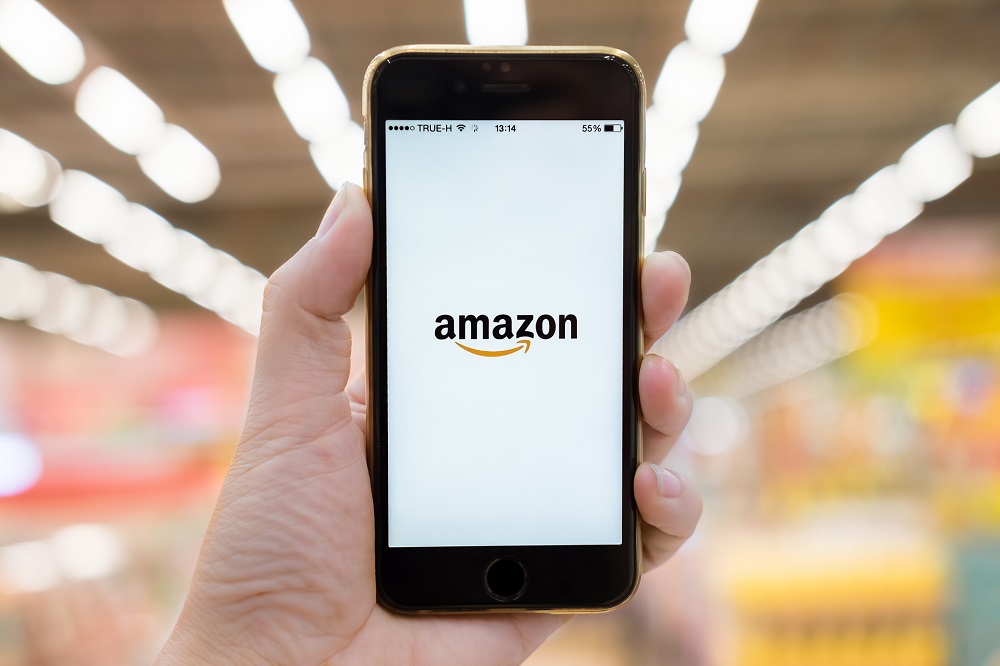Maximizing Profits with Bundling Tactics

Understanding the Power of Product Bundling
Product bundling is a powerful strategy that can significantly boost your Amazon FBA sales and profits. At its core, bundling involves offering multiple products together as a single package, often at a discounted price compared to purchasing each item individually. This tactic not only increases the perceived value of the offer but also encourages customers to buy more. By strategically selecting products that complement each other, you can enhance the customer experience and drive higher sales volumes. Bundling is particularly effective in creating a sense of urgency and exclusivity, as customers perceive they are getting a better deal by purchasing the bundle. This strategy can also help you differentiate your offerings from competitors, making your listings more attractive and increasing the likelihood of conversion.
Selecting the Right Products for Bundling
Choosing the right products to bundle is crucial for the success of your bundling strategy. Start by analyzing your inventory to identify products that naturally complement each other and offer value when purchased together. For example, if you sell kitchen gadgets, consider bundling a set of utensils with a cutting board or a cookbook. The key is to create bundles that address a specific need or solve a problem for your customers. Additionally, consider customer feedback and reviews to understand what products are frequently purchased together or mentioned as complementary. This insight can guide you in creating bundles that resonate with your target audience. It’s also important to ensure that the bundled products are of high quality and meet customer expectations. Poor quality items can lead to negative reviews and harm your brand reputation.
Pricing Your Bundles Effectively
Pricing is a critical aspect of your bundling strategy. The goal is to offer a discount that is attractive enough to encourage customers to buy the bundle while still ensuring that you maintain healthy profit margins. To determine the optimal price for your bundle, start by calculating the combined cost of the individual products. Then, consider the perceived value of the bundle and the discount you are willing to offer. A common approach is to offer a discount that ranges from 10% to 20% off the total price of the individual items. This creates a sense of value for the customer while still preserving your profitability. Additionally, keep an eye on your competitors to understand their pricing strategies and ensure that your bundles are competitively priced. It’s also important to regularly review and adjust your pricing based on market trends and customer feedback.
Creating Compelling Bundle Listings
A well-crafted product listing is essential for the success of your bundling strategy. Your listing should clearly communicate the benefits of the bundle and why it is a better option than purchasing the items separately. Start with a compelling title that includes relevant keywords and highlights the key components of the bundle. The product description should emphasize the value and convenience of the bundle, detailing how the products complement each other and enhance the customer’s experience. High-quality images are crucial for showcasing the bundle and its components. Use multiple images to provide a clear and detailed view of each item in the bundle, as well as the complete package. Customer reviews and testimonials can also enhance your listing by providing social proof and building trust with potential buyers. Consider including quotes from satisfied customers who have purchased the bundle and experienced its benefits firsthand.
Promoting Your Bundles
Effective promotion is key to driving traffic and sales for your bundled products. Utilize Amazon’s advertising tools, such as Sponsored Products and Sponsored Brands, to increase visibility and reach your target audience. Highlight the value and benefits of the bundle in your ad copy to capture the attention of potential buyers. Additionally, leverage social media and email marketing to promote your bundles to your existing customer base and followers. Create engaging content that showcases the bundle in use and demonstrates its value. Collaborate with influencers and bloggers in your niche to reach a wider audience and generate buzz around your bundles. Offering limited-time promotions or discounts can also create a sense of urgency and encourage customers to take action. Consider running special promotions during peak shopping seasons, such as holidays and major sales events, to maximize your reach and sales.
Monitoring and Optimizing Bundle Performance
Regularly monitoring and analyzing the performance of your bundles is essential for optimizing your strategy and maximizing profits. Track key metrics such as sales volume, conversion rate, and customer feedback to understand how your bundles are performing. Use this data to identify areas for improvement and make data-driven decisions to refine your bundling strategy. For example, if a particular bundle is not performing well, consider adjusting the product selection, pricing, or marketing approach. Experiment with different bundle combinations and offers to determine what resonates best with your target audience. Additionally, seek feedback from customers to gain insights into their preferences and needs. This feedback can guide you in creating bundles that are more appealing and valuable to your customers. Continuously testing and optimizing your bundles will help you stay competitive and drive long-term success.
Conclusion
Maximizing profits with bundling tactics requires a strategic and data-driven approach. By selecting the right products, pricing your bundles effectively, creating compelling listings, promoting your bundles, and continuously monitoring and optimizing performance, you can unlock the full potential of product bundling on Amazon FBA. This powerful strategy can enhance the customer experience, increase sales volumes, and drive higher profit margins, ultimately contributing to the long-term success of your Amazon FBA business. Invest the time and effort to master bundling tactics, and you’ll be well-positioned to stand out in the competitive Amazon marketplace.








